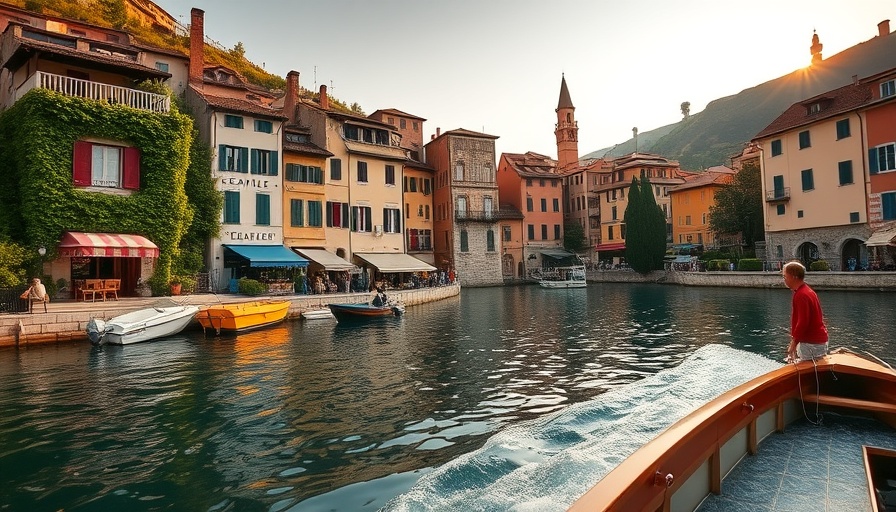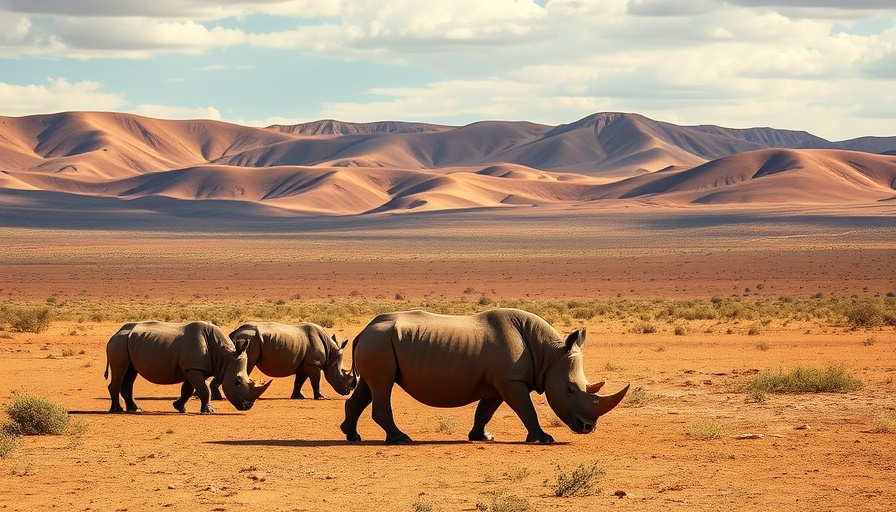
Discover Maine's Hidden Gems: Beyond Acadia
Maine is a treasure trove of natural wonders, and while Acadia National Park often steals the spotlight, its state parks deserve equal recognition. Featuring breathtaking coastlines, lush forests, and picturesque landscapes, these parks showcase the unique charm of Maine. Visitors can escape the crowds for a more serene experience at places like Quoddy Head State Park, where trails lead to the stunning West Quoddy Head Lighthouse and wrap around vibrant coastal ecosystems.
Why Visit Maine's State Parks?
Maine’s state parks offer diverse experiences that cater to all sorts of outdoor enthusiasts. According to Andy Cutko, director of Maine’s Bureau of Parks and Lands, they encompass “everything” from breathtaking beaches to majestic mountains like Old Speck and Katahdin. For birdwatchers, these parks are synonymous with paradise, hosting a variety of vibrant bird species. This is especially true during migration seasons when the parks become buzzing hubs teeming with wildlife.
Popular State Parks to Explore
Among the crown jewels of Maine’s state parks, a few stand out:
- Quoddy Head State Park: Home to the most eastern point in the U.S. and stunning coastal landscapes, this park features a delightful 3.6-mile Coastal Trail. Visitors can enjoy opportunities for picnicking, hiking, and observing diverse bird species.
- Rangeley Lake State Park: Nestled in the western mountains of Maine, Rangeley Lake offers both relaxation and adventure with swimming, fishing, and stunning views of the lake framed by dramatic fall foliage.
- Lamoine State Park: This lesser-known gem blends forest with waterfront, providing a quiet respite while showcasing spectacular sunsets over Frenchman Bay and the Schoodic Peninsula.
Connecting with Nature: More Than Just Scenery
Each park tells a story, and for locals and visitors alike, having time to explore off the beaten path can create lasting memories. Nature trails wind through delicate ecosystems, revealing seasonal flowers, rare fungi, and tranquil lakes. This immersive experience encourages visitors to connect more deeply with the environment, fostering appreciation for preservation and conservation.
Future Predictions and Preservation Efforts
Looking ahead, Maine’s state parks will continue to play a pivotal role in ecological education and tourism. As awareness of environmental issues grows, park programs focusing on sustainable outdoor practices have emerged. Engaging the community and connecting with nature has never been more critical; educational programs aim to instill a sense of responsibility and encourage stewardship, ensuring that Maine's beauty remains unspoiled for generations.
Making the Most of Your Visit
Before heading out, visitors should always check park listings for regulations and fees. Each park has its own rules pertaining to camping, fire regulations, and wildlife interactions. Preparation is key to optimizing your experience, so bring along essentials like proper footwear, water, and field guides for birdwatching if nature observation is on your agenda.
Conclusion: Embrace the Adventure!
Maine’s state parks offer more than just scenic beauty; they provide a unique window into the state's diverse ecosystems and rich history. Whether it's a family hike at one of the many state parks or a leisurely day of birdwatching, each visit adds yet another layer to one’s understanding of this beautiful region. So, pack your bags, lace up your hiking boots, and prepare to explore the beauty that lies just beyond Acadia.
 Add Row
Add Row  Add
Add 



Write A Comment